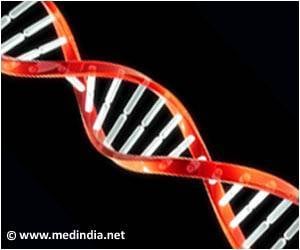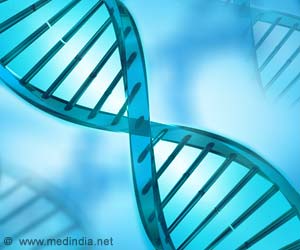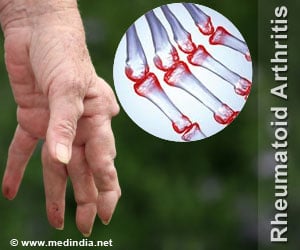New research conducted at the Stanford University School of Medicine has shown that human embryonic stem cells trigger an immune response in mice, suggesting that the effectiveness
Human embryonic stem cells trigger an immune response in mice, suggesting that the effectiveness of human therapies derived from the cells could be limited unless ways are found to dampen the rejection response, according to new research conducted at the Stanford University School of Medicine.
The researchers behind the study say that the immune response in mice could be mitigated by the use of common anti-rejection medications.They say that their findings suggest that the immune system is not blind to the presence of foreign embryonic stem cells.
"It's getting harder and harder to believe that these cells are immunoprivileged. In fact, the rejection of these cells confirms our suspicions that they do cause an immune response," said Dr. Joseph Wu, assistant professor of cardiovascular medicine and of radiology.
Scientists have long thought that embryonic stem cells, which form all cells in an embryo, may receive a kind of "free pass" from the normally vigilant immune system in order to allow the growth of a foetus that contains both maternal and paternal genetic material.
Such an immunological exemption could alleviate many concerns about using cells for therapy that don't exactly match the recipient's immune system, such as existing embryonic stem cell lines that are not directly derived from the recipient.
"We all want to know what's going to happen if you transplant these stem cells into a person," said Dr. Mark Davis, the Burt and Marion Avery Family Professor and professor of microbiology and immunology.
Advertisement
During the study, human embryonic stem cells were injected into the leg muscles of mice with either normal or compromised immune systems.
Advertisement
While the cells died within about seven to 10 days in mice with functioning immune systems, they survived and proliferated in the immunocompromised mice.
Repeated injections of cells into the immune-normal mice led to more rapid cell death, indicating that the immune system was becoming more efficient at recognizing and rejecting the cells.
"The data is quite convincing. Based on these results, we believe that transplanting these cells into humans would also cause an immune response," said Wu.
Though the scientists are not sure as to what triggers the immune system to attack the embryonic stem cells, they believe it may be a protein that begins to appear on the surface of the cells as they differentiate into more-specialized tissues.
Once the immune system has been primed to recognize the foreign molecules, they say, it responds even more quickly to repeated invasion.
"That's the beauty of this kind of noninvasive imaging system. It allows us to assess the response of one animal to a variety of conditions and gives us much more valuable information," said Wu.
Given that the aggressive reaction of the immune system somewhat mimics the way the body reacts to transplanted organs, the researchers wondered whether common anti-rejection medications would increase cell survival.
They found that a combination of two compounds - tacrolimus and sirolimus - allowed the cells to survive for up to 28 days in the mice with normal immune systems.
The research team will continue investigating whether different combinations can more effectively mitigate the immune response in mice, and has plan to conduct similar experiments in a mouse model that more closely approximates what would happen in humans.
"A lot of research efforts are devoted to the basic science of stem cells. This work is focused on the immediate practicalities of actually using these cells therapeutically," said Davis.
The study has been reported in the online edition of the Proceedings of the National Academy of Sciences.
Source-ANI
RAS/V









